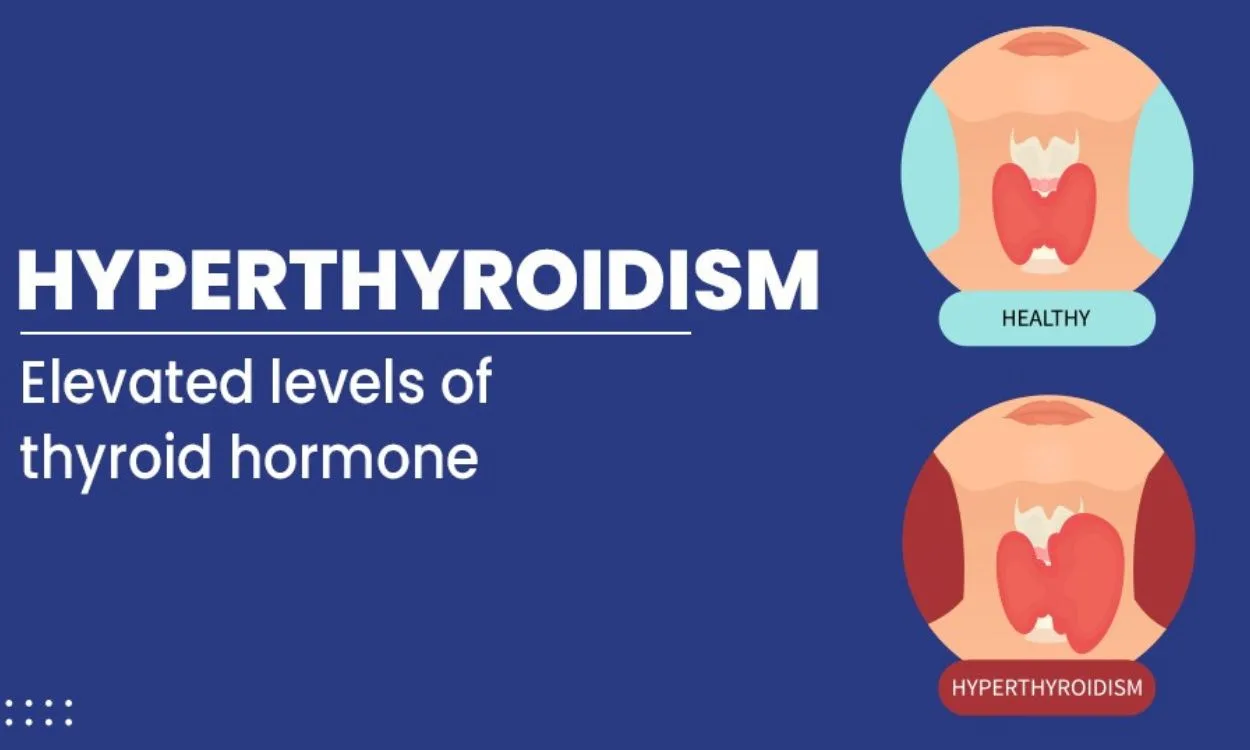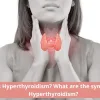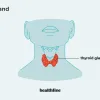How is Hyperthyroidism Diagnosed?
Hyperthyroidism is a condition characterized by the overproduction of thyroid hormones by the thyroid gland. This hormonal imbalance can lead to a range of symptoms and complications if left untreated. If you suspect that you may have hyperthyroidism, it is important to seek medical attention for diagnosis and proper management. In this article, we will discuss the various diagnostic methods used to identify hyperthyroidism and provide information on how you can take control of your health with the help of the Fitpaa app.
1. Medical History and Physical Examination
When you visit a healthcare professional with symptoms that may indicate hyperthyroidism, they will begin by taking a detailed medical history. They will ask about your symptoms, family history of thyroid disorders, and any medications or supplements you are currently taking. A physical examination will also be conducted to check for physical signs such as enlarged thyroid gland (goiter), rapid heartbeat, tremors, or excessive sweating.
2. Blood Tests
Blood tests are crucial in diagnosing hyperthyroidism. The following blood tests are commonly used:
- Thyroid Stimulating Hormone (TSH) Test: This test measures the level of TSH, a hormone produced by the pituitary gland that stimulates the thyroid gland to produce thyroid hormones. In hyperthyroidism, TSH levels are usually low.
- Thyroid Hormone Levels: The levels of thyroid hormones, such as thyroxine (T4) and triiodothyronine (T3), will be measured. Elevated levels of these hormones indicate hyperthyroidism.
- Thyroid Antibody Tests: These tests help identify autoimmune causes of hyperthyroidism, such as Graves’ disease or Hashimoto’s thyroiditis.
3. Radioactive Iodine Uptake (RAIU) Test
The RAIU test involves the administration of a small amount of radioactive iodine orally or through injection. The thyroid gland absorbs iodine to produce thyroid hormones, and this test measures the amount of iodine absorbed by the thyroid. In hyperthyroidism, the uptake is usually increased.
4. Imaging Tests
Imaging tests may be used to evaluate the structure and function of the thyroid gland. These include:
- Thyroid Ultrasound: This test uses sound waves to create images of the thyroid gland. It helps identify any nodules or abnormalities.
- Thyroid Scan: A thyroid scan involves the injection of a small amount of radioactive material that is taken up by the thyroid. This scan provides information about the size, shape, and function of the thyroid gland.
5. Fine Needle Aspiration (FNA) Biopsy
If a thyroid nodule is detected during the physical examination or imaging tests, an FNA biopsy may be performed. During this procedure, a thin needle is used to extract a small sample of cells from the nodule for analysis. This helps determine if the nodule is cancerous or benign.
Taking Control of Your Health with Fitpaa
While the diagnosis of hyperthyroidism is best done by medical professionals, the Fitpaa app can be a valuable tool in managing your health and well-being. Fitpaa offers personalized health and fitness plans tailored to your specific needs, including nutrition, exercise, and overall lifestyle guidance.
With the Fitpaa app, you can:
- Track your diet and nutrition: Use the precision diet tracker to monitor your food intake, ensuring you follow a healthy and balanced diet even with your thyroid condition.
- Access guided workout sessions: The smart workout trainer provides video and voice-assisted workouts that are easy to follow, helping you stay active and maintain a healthy weight.
- Monitor your progress: The app allows you to track your progress, including your weight, body measurements, and other relevant metrics, all within the Indian metric system.
- Get support from a team of experts: Fitpaa provides unlimited consultations, daily follow-ups, and weekly reviews with fitness planners, nutritionists, trainers, and doctors, ensuring you have the guidance and support you need on your health journey.
In conclusion, diagnosing hyperthyroidism involves a combination of medical history, physical examination, blood tests, and imaging procedures. With the help of the Fitpaa app, you can take control of your health and manage your hyperthyroidism effectively. Download the app today and start your journey towards better health and well-being.









